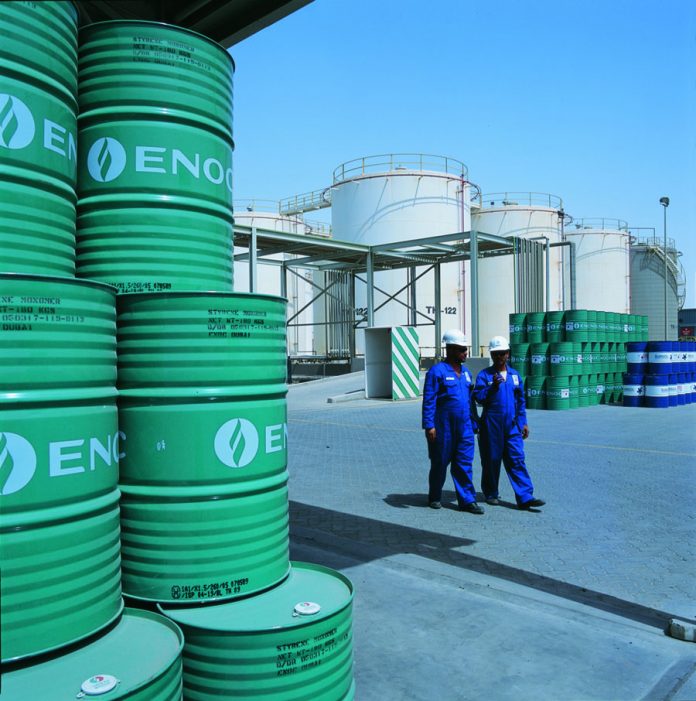
• Drilling and completion spending has dropped by 28% YoY since its 2014 peak, and BofA see another 5% decline next year
• Oil field decline rates have accelerated from 4.2% in 2014 to 4.8% this year and are now back at 2008 levels
• From a medium-term supply/demand perspective, Brent crude oil prices still expected to trade in a $60-80/bbl range
Global oil and gas capex has come down hard
Spot and forward Brent prices have come down hard in recent quarters, turning the oil industry upside down. Companies are in the process of adapting their activity to this new normal, not only for existing assets by reducing their operating costs but also for future output by trimming capex. Drilling and completion spending, a major component of overall capex in the upstream industry, has dropped by 28% year-on-year since its 2014 peak, and another 5% annual decline is expected next year. On a country-by-country basis, the US and Canada have tightened their belts most and account for 75% of the 2015 drop. When looking at drilling and completion spending outside North America, there is an average drop of just 13% in 2015, but an additional cut of 8% in 2016 is likely to ocure.
Oil field decline rates have accelerated to 2008 levels
Similarly, the drop in the rig count has been most pronounced in North America, with drilling activity falling by 62% from peak in the past year. Outside North America, where supply is less price elastic, there is a peak-to-through drop of 18% in the past year. For now, oil field decline rates in non-OPEC have accelerated from 4.2% last year to 4.8% this year and are now in line with the levels observed in 2008. Credit quality in the energy space is also deteriorating at a fast rate, leading to sharp cuts in midstream investment and oil services spending. True, shale production costs in the United Sates have fallen by about 11% from 2014 to 2Q15, offsetting some of the capex reduction, and shale producers are still delivering some efficiency improvements.
Longer-term, Brent should trade in a $60-80/bbl range
Yet, companies need to balance cost savings with outright capex curtailments. From a supply/demand perspective, long-dated oil prices need to be in a $60 to $80/bbl band to balance the oil market. But without a managed OPEC price band, oil price volatility will remain a key feature, creating a nightmare scenario for planners of big investment projects.
The first cut is always the deepest, and this year’s drop in capex could lead to a non-OPEC ex-North America cumulative output drop of 1.5% by 2017 that moves up to 5% by 2021. Of course, US production will likely drop much faster, and Saudi, Iran, and Iraq will have a hard time filling this gap. Thus, BofA’s analysts see Dec 2021 Brent floored at $65/bbl.



































